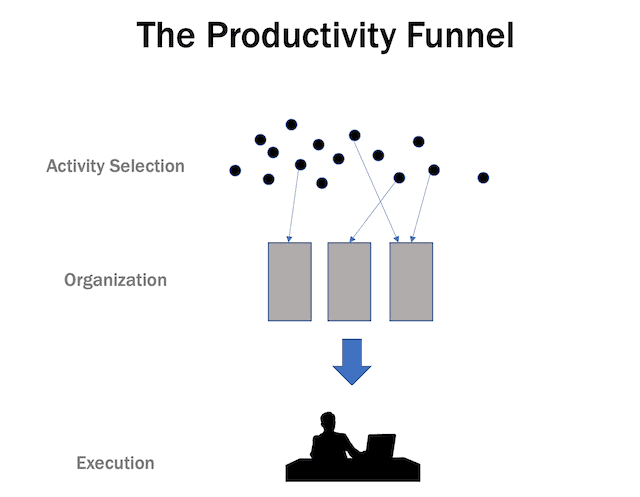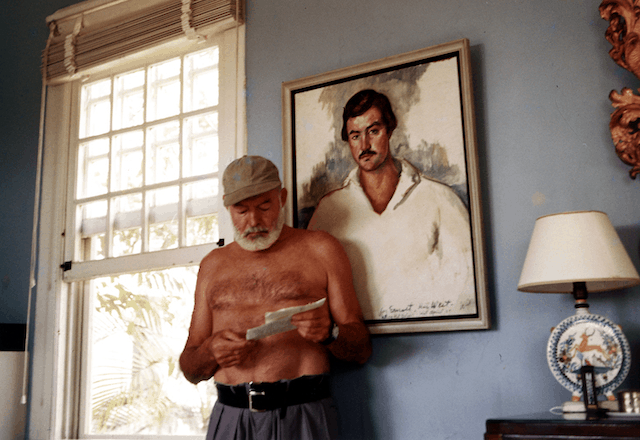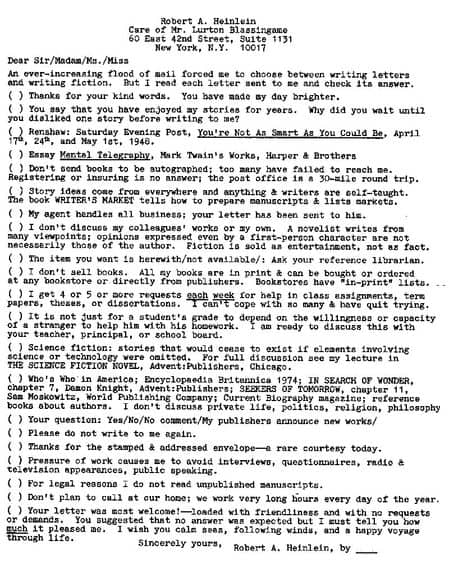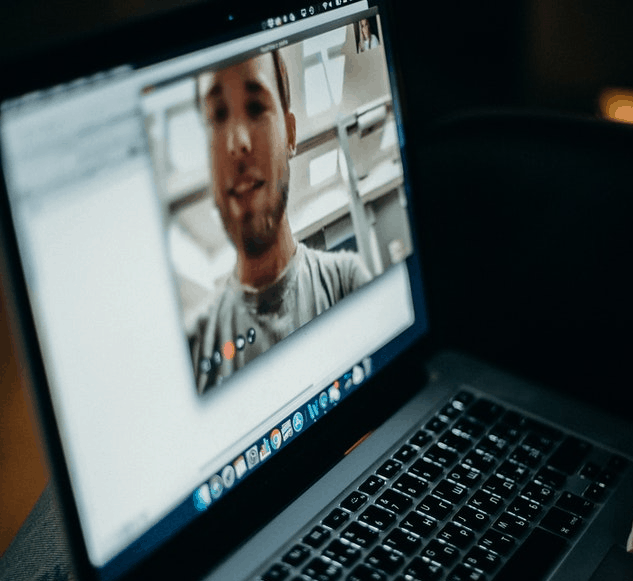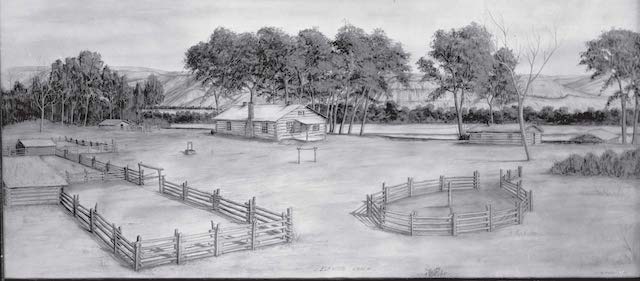
In a sermon delivered at the height of World War Two, a period awash in distraction and despair, C.S. Lewis delivered a powerful claim about the cultivation of a deep life:
“We are always falling in love or quarreling, looking for jobs or fearing to lose them, getting ill and recovering, following public affairs. If we let ourselves, we shall always be waiting for some distraction or other to end before we can really get down to our work. The only people who achieve much are those who want knowledge so badly that they seek it while the conditions are still unfavorable. Favorable conditions never come.”
This quote reminds me of one my favorite Teddy Roosevelt stories, first recounted in his 1888 memoir, Ranch Life and the Hunting Trail. The tale begins in the spring, as the ice began to thaw on the Little Missouri River that passed through Roosevelt’s Elkhorn Ranch. Under the cover of night, a band of infamous local horse thieves steal a boat from the Elkhorn.
Though the swollen river was treacherous, and the thieves dangerous, there was no doubt that Roosevelt had to pursue them. “In any wild country where the power of law is little felt or heeded, and where every one has to rely upon himself for protection,” he writes, “men soon get to feel that it is in the highest degree unwise to submit to any wrong.” With the help of his ranch hands, Bill Seward and Wilmot Dow, Roosevelt builds a new flat-bottomed scow, which the trio then pushes out into the ice-choked river to initiate a three-day journey to hunt down the fugitives.

